It's said that March comes in like a lion and out like a lamb, but this year, the fierce roar of Mother Nature lasted the entire month.
The U.S. National Oceanic and Atmospheric Administration (NOAA) released its March 2025 climate assessment in early April, highlighting more weather extremes as a result of our changing climate.
The month began with record-setting warmth in Alaska: On March 2, Anchorage reached 46 degrees Fahrenheit (7.8 degrees Celsius), topping the previous high for the month, which was set in 1958. The warmer weather coincided with a decrease in Bering Sea ice; its seasonal maximum extent, reached on March 26, tied with the fourth-lowest amount since satellite records began 47 years ago, according to the report.
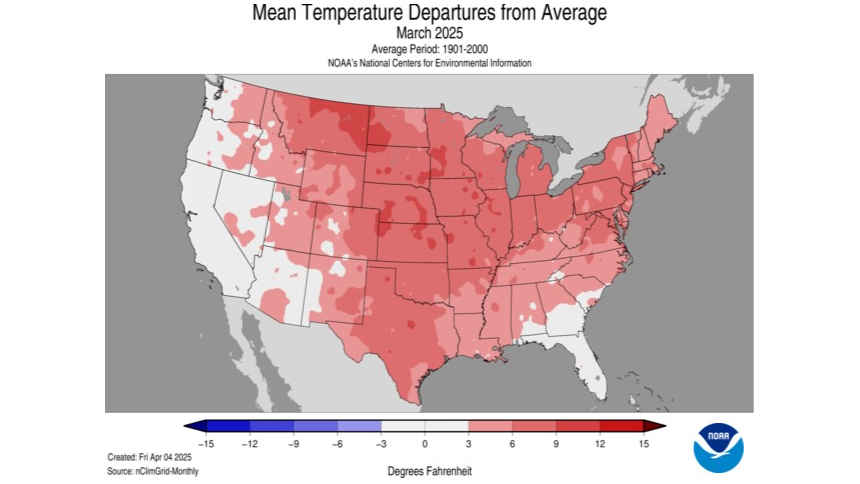
The contiguous U.S. also updated the record books: It was the sixth-warmest March of the last 131 years, with an average temperature of 46.9 degrees Fahrenheit (8.3 degrees C). While much of the Lower 48 saw a monthly temperature average above the normal, states such as Kansas, Nebraska and Texas set records, with this March among the five warmest in recorded history.
Most of the significant weather and climate events happened in the second half of March across the U.S. In Oregon, periods of heavy rain mid-month triggered significant flooding from both rising rivers and quickly melting snow, forcing evacuations and causing damage along the southern part of the state from the coast inland.
Related: Climate change: Causes and effects
Three different severe weather outbreaks contributed to the monthly total of more than 200 tornadoes nationwide, more than double the average for the month. As a result, cities and towns from the South up through the Midwest were left cleaning up significant damage from the deadly storms.
Severe flooding, fire and ice hit different regions of the Eastern U.S. Flash flooding was triggered by heavy rain across the Lower Rio Grande Valley, with some areas enduring more than a foot (30 centimeters) of rain in just 48 hours. This event resulted in a death toll of at least four and the rescue of more than 300 people from the rising waters.
Meanwhile, heavy snow and freezing rain blasted in northern Michigan, leading to widespread power outages. To end the month, southern Appalachia was hit hard by fast-moving wildfires, with more than 30,000 acres (12,140 hectares) burned in areas impacted last year by Hurricane Helene. This forced several states to declare a state of emergency, with mandatory evacuations continuously issued for those in the path of the powerful wind-driven event.
.png)
 German (DE)
German (DE)  English (US)
English (US)  Spanish (ES)
Spanish (ES)  French (FR)
French (FR)  Hindi (IN)
Hindi (IN)  Italian (IT)
Italian (IT)  Russian (RU)
Russian (RU) 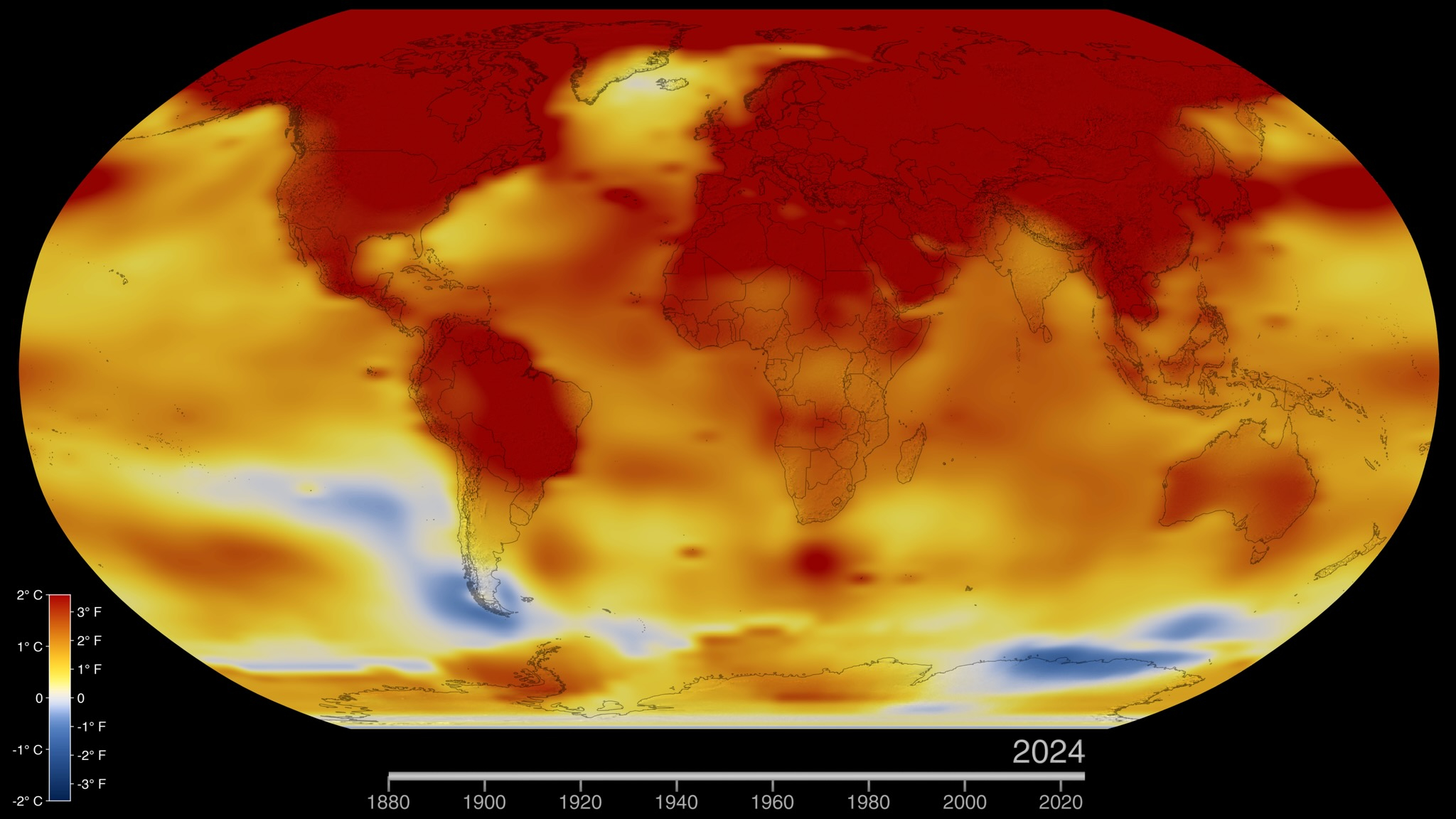

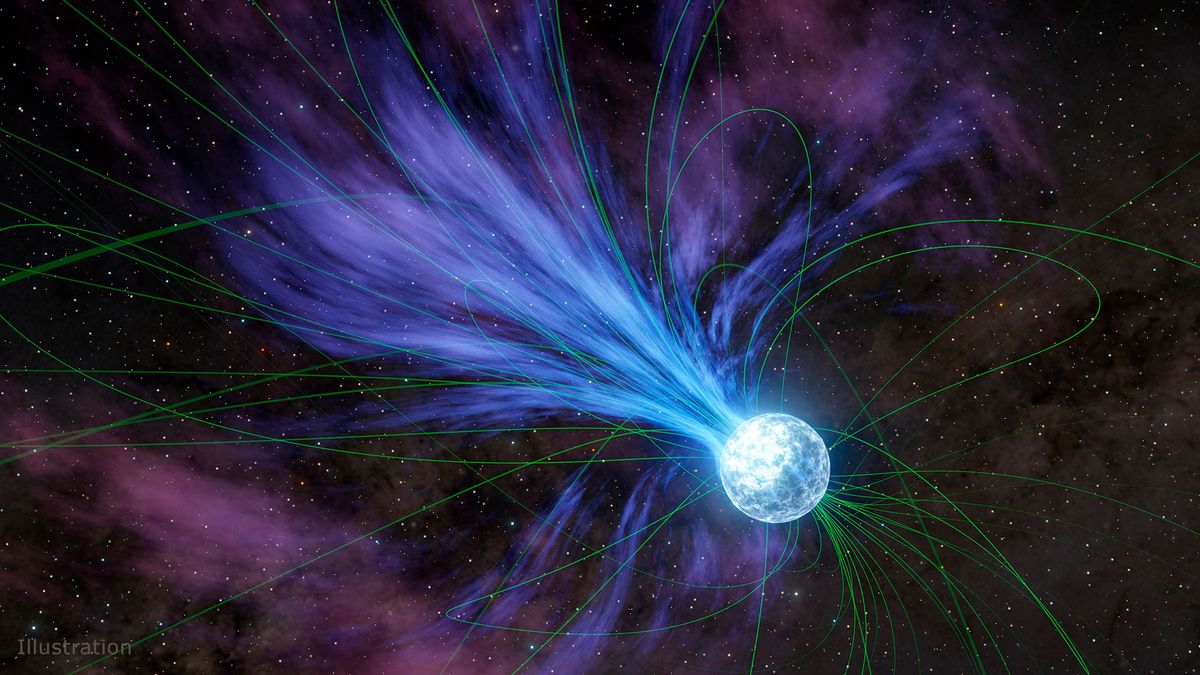

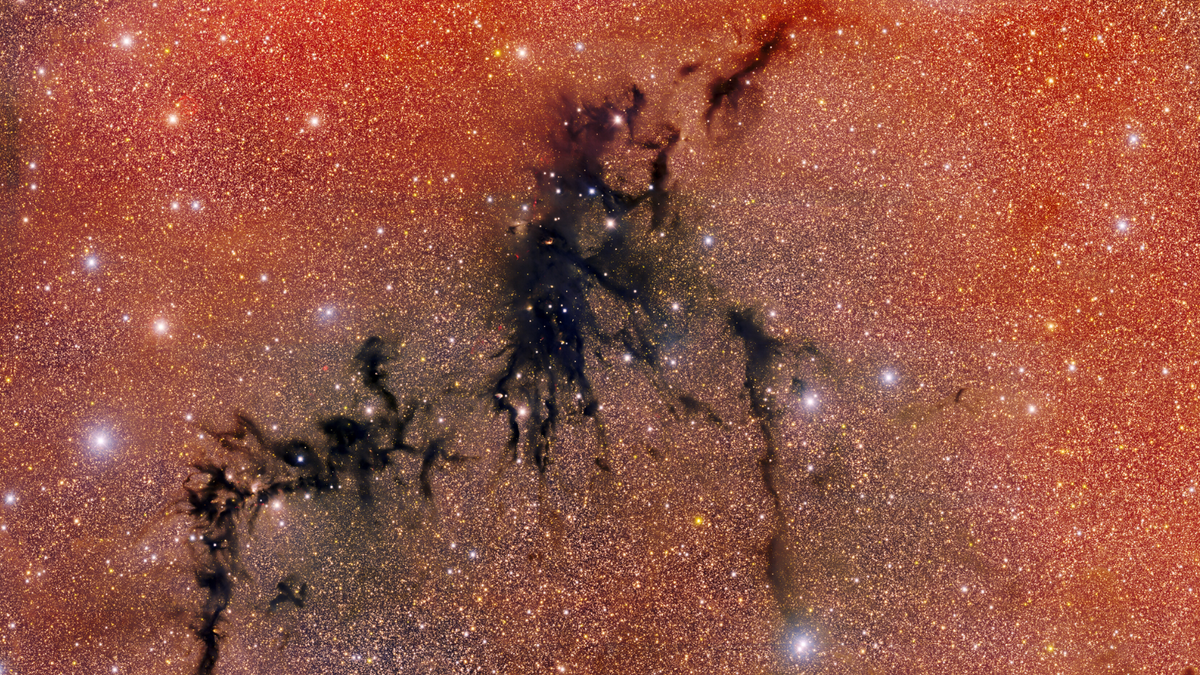

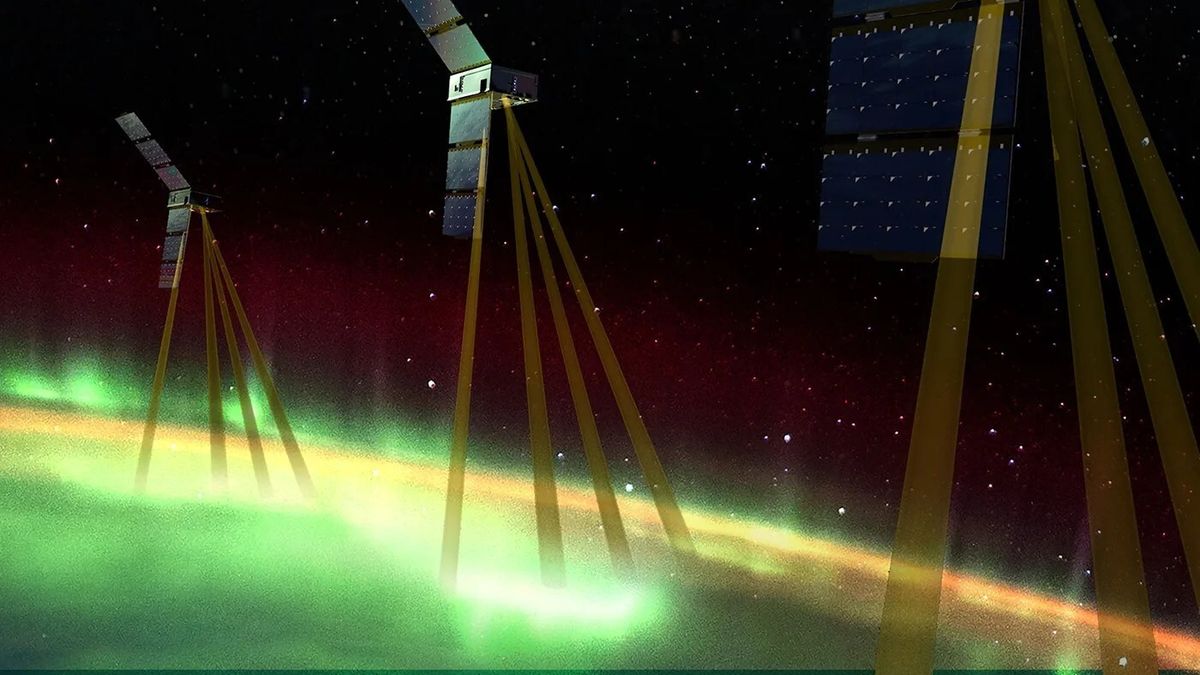


Comments